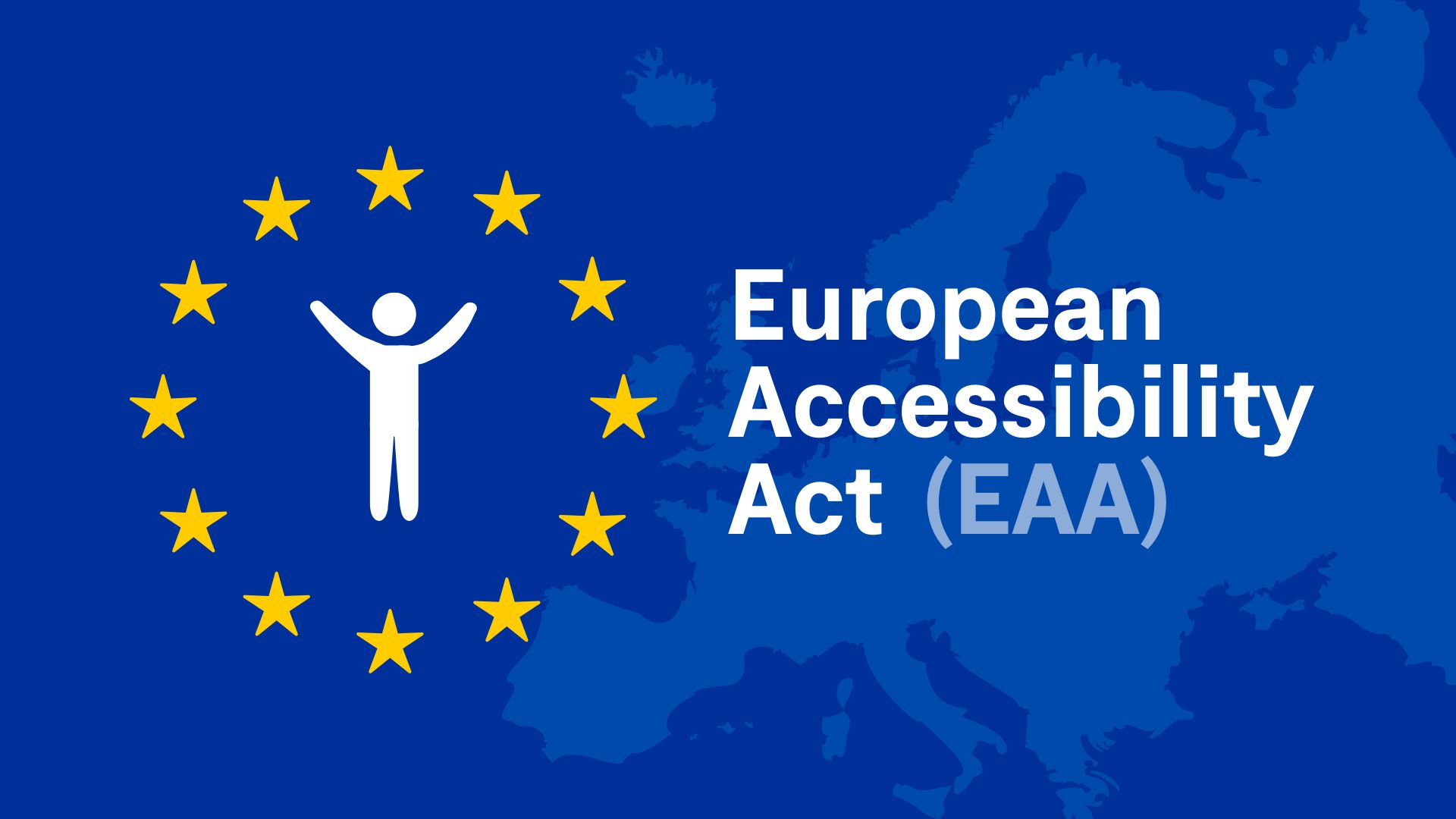The pandemic has left many businesses in a precarious situation. With some having to close shop – whether indefinitely or for good – a good number have crowded the digital space through e-commerce as a viable alternative. Reports from Statista show that retail websites saw a shocking 14.34 billion visits in March alone, growing from 12.81 billion visits two months prior.
In a previous post called ‘Checklist: How to Be a Winner During COVID-19’ we discussed how this is the ideal time to review your current business model, internal processes, and technical solutions. Consumer habits have changed in the wake of this ongoing crisis, therefore making adaptation on your end pertinent.
With this in mind, here is what customers really want from e-commerce businesses.

Convenience
It’s easy to get carried away with your e-commerce site’s design, but what you must really direct your resources towards is perfecting the basics and ensuring the convenience of the user experience from the onset. This can begin as early as your e-commerce’s landing page.
Business 2 Community emphasizes how optimizing your landing page means that visitors can navigate your business with ease and jump from one page to another. This can be achieved with less clutter and only the most relevant information.
Your page’s loading speed is also a big factor in terms of customers assessing its convenience. You may also see a boost in your conversion rate and website rankings when you have a fast loading speed.
Personalization
As personalization has infiltrated all mediums allowing customers to have a more targeted user experience, this is one facet that e-commerce businesses must prioritize. Thanks to the number of data analytics tools that give you an overview of consumer behavior, attitudes, and preferences, you can glean sharper insights on individual customers.
Digital marketing agency Ayima stresses how data can be transformed into profit, if you are able to interpret numbers to make informed decisions. Consumers who have access to more personalized experiences tend to be more satisfied with the service, as they can easily find the products or service that they need, especially with similar recommendations.
Customers also generally feel more engaged, knowing that the e-commerce businesses they choose to support repeatedly deliver results that they need – or may not realize that they need – with positive unexpected consequences.
Seamlessness
And now, to ensure that your clicks convert into sales, it’s imperative that you have seamlessly integrated payment options on your e-commerce site. Your checkout page is a vital aspect to prioritize, serving as confirmation that you were able to deliver a great user experience that customers can see themselves returning to. You’ll need to integrate a host of payment gateways to accommodate every kind of customer. Think past the lines of major credit cards and PayPal, as bank transfers, peer-to-peer payments, and digital wallets are now more accessible as well. Also, this latter choice minimizes pesky redirect pages.
The 5th Annual Worldpay Global Payments Report foresees that digital wallets will represent half of the global e-commerce sales come 2023. Aside from this, however, it’s best to give customers to option to make their purchases without first making an account. This could be a major detriment to first time customers especially, and delays the overall process for everyone. Instead of making this a requirement, leave the options to make a payment as a registered customer or as a guest.
Digital transformation has never been more apparent than it is now. For more insights into taking your business to the next level, check out the Net Group and let us guide you towards realizing your full potential.
Co-authored by Johanna Graig
Similar insights

Net Group Expands into Germany and Acquires Cybersecurity Company
04/04/2025
AI in Supply Chains: Precision, Profit, and Practicality (Today)
01/04/2025
The New Playbook for Innovation: Stingray Model
24/01/2025
The European Accessibility Act: Is Your Business Ready?
06/01/2025
Evolution of Automation: Trust, Technology, and the Future of Work
12/11/2024
Has Anyone Told You About Digital Architecture Analysis Yet?
30/10/2024
Net Group Joins the German-Baltic Chamber of Commerce (AHK Baltikum)
07/10/2024
How To Stand Out As A Junior Developer?
30/09/2024
5 Reasons Document Processing is Essential for Modern Construction
04/09/2024
Let the success
journey begin
Our goal is to help take your organization to new heights of success through innovative digital solutions. Let us work together to turn your dreams into reality.